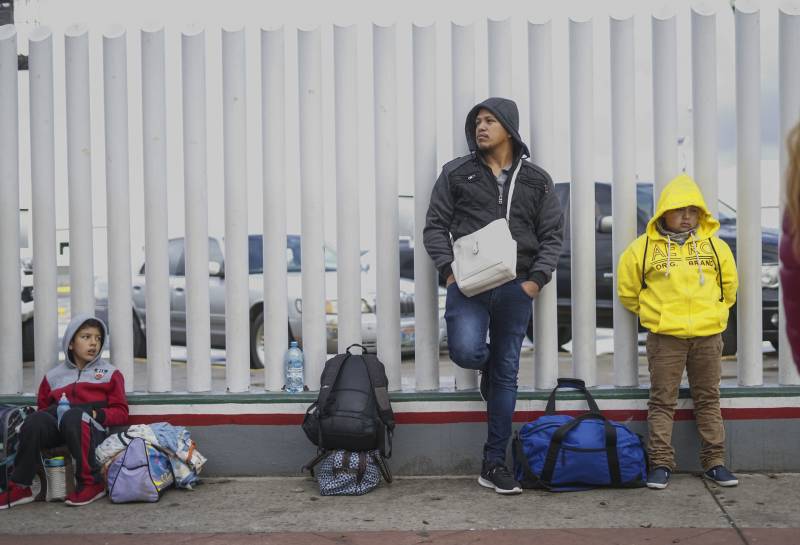The Supreme Court on Wednesday said it would allow the Trump administration to continue enforcing a policy that makes asylum-seekers wait in Mexico for U.S. court hearings, despite lower court rulings that the policy is probably illegal.
The justices' order, over a dissenting vote by Justice Sonia Sotomayor, overturns a lower court order that would have blocked the policy, at least for people arriving at the border crossings in Arizona and California.
The lower court order was set to take effect on Thursday. Instead, the "Remain in Mexico" policy will remain in force while a lawsuit challenging it plays out in the courts, probably at least through the end of President Trump's term in January.
“We are heartbroken that 'Remain in Mexico,' a lethal policy that pushes thousands of vulnerable men, women, and children into dangerous situations without any access to due process, will remain in effect,” Jordan Cunnings, attorney at Innovation Law Lab — the main plaintiffs in the lawsuit challenging the order — said in a statement.
